There periwinkle is a plant belonging to the family of Apocynaceae and is commonly known as win. There Vinca minor it is the main species of this genus of plants, and is the most widespread spontaneously and the most cultivated in the garden as an ornamental, given its splendid flowers. It is a herb that grows throughout Italy, from the Mediterranean to the Alpine area. Furthermore, it is a very rustic plant which, with the right cultural precautions, can give great satisfaction. Finally, it also boasts a long tradition in folk medicine as a medicinal plant.
In this article we study the botanical characteristics of periwinkle, the cultivation techniques, the beneficial properties and the most common uses.
Regional names of the periwinkle
As proof of the great fame of the periwinkle in our country, here are the most original local names by which it is known: dead man in Liguria, chocchinet And purple of Spain in Piedmont, Carniola And fiur de mort in Lombardy, bells in Veneto, purple mata in Emilia, grass win And mortine in Tuscany, vinga pervinga in Abruzzo, viola And pacifiers in Campania, pruinca And ciamparcu in Sardinia.
Periwinkle description
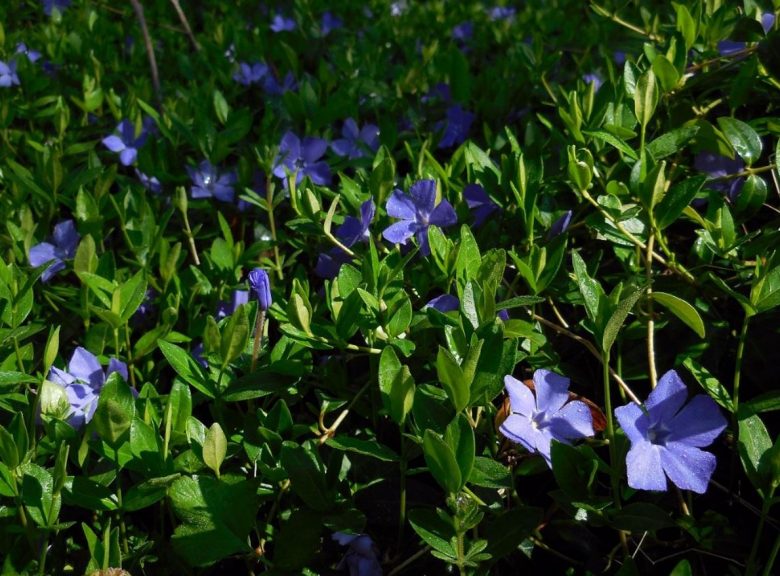
There Vinca minor it is a perennial and evergreen herbaceous plant, with the biological form of reptant chamaephite. This means that it is a plant with a thin underground rhizome which gives it a creeping and ground cover habit. Stems originate from the rhizome, which are of two types: fertile ones (that is, those bearing flowers), which are usually erect and up to 30 cm high; and the sterile ones (bearing only leaves), which are up to 60 cm long, crawling on the ground and rooting at the nodes when they touch the ground.
Leaves
The leaves of the periwinkle are opposite two by two on the stems, have a long petiole and an elliptical-lanceolate shape. The margin is entire and only rarely has some short hairs. Usually the leaf surface is glabrous, shiny and dark green on the upper side, lighter and opaque on the lower side.
Flowers
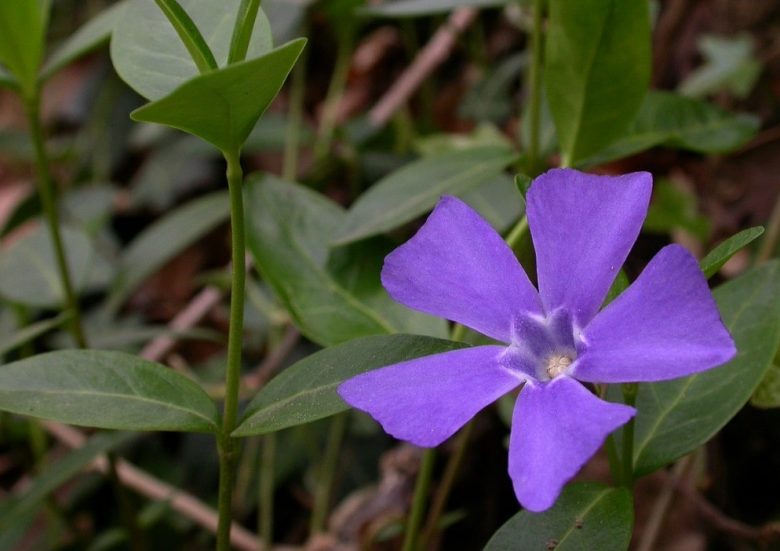
Periwinkle is famous for its attractive flowers. These, inserted one by one at the axil of the upper leaves, have a peduncle generally longer than the relative leaf. The calyx is divided into 5 lanceolate lobes, the corolla has a long tubular portion and opens to the fauce in 5 sub-triangular lobes with the apex towards the throat and the base towards the outside. The corolla is usually purplish blue (in fact, the periwinkle color), but it can also be pink or white. The stamens, with the relative anthers, are inserted inside the tube of the corolla.
The flowering of the periwinkle occurs early, already at the end of winter, and lasts until the month of May. The flowers are pleasing to both bees and other pollinating insects.
Fruits and seeds
The fruit consists of two follicles, similar to a capsule, which open by means of a lateral slit. They are cylindrical and sharp at the apex and contain some oblong oval seeds of black color.
How to grow periwinkle
The periwinkle is a very rustic plant that prefers to live in grassy places, in the undergrowth and along hedges. It does not fear the cold, so it can be grown anywhere. But be careful, it does not tolerate too sunny positions that cause leaf yellowing and stunted growth. So choose a shady location in your garden to grow periwinkle.
The soil type who prefers is represented by soils with acid pH, whether they are loose or medium-textured and with a good amount of organic substance. If in the flowerbeds of your garden the soil is neutral and poor in nutrients, before starting the cultivation of vinca it is advisable to amend the soil of the sour peat (like this one) and organic fertilizer such as compost, earthworm humus or mature manure).
Multiplication
Periwinkle is an easy plant to reproduce through three techniques: sowing, cuttingsubdivision of the tufts.
Sowing takes place in autumn and can be done directly in the flowerbed, with the well-refined soil, or in small pots to be planted in the following spring. The seeds of Vinca minor and other species of periwinkle are easily found on sale in specialized stores.
The periwinkle cutting, on the other hand, is done in early spring or late summer. Since the stems are rooted at the nodes, it is really easy to multiply the plant by taking a portion of the branch, using small jars with a mix of peat and perlite for rooting.
The division of the tufts is instead done in autumn, uprooting the mother plant and dividing the rhizome into several parts that can be planted directly in the ground.
Finally, if you don’t have other plants available, you can start growing periwinkle by buying in nursery plants already formed.
Transplant in the garden
Periwinkle is a perfect plant for filling borders and garden beds. Thanks to its carpeting habit, it can cover the available space in a short time. Therefore, between one plant and another, leave at least 60-80 cm of distance and remember that it is a perennial species that will keep you company for many years.
Irrigation
Once established, the vinca plant needs very little care. Be careful to ensure a certain humidity of the soil with regular irrigation during the summer, consider that it is an undergrowth plant, an environment in which the soils are already humid.
Collection and conservation of the periwinkle
As mentioned Vinca minor it is a medicinal plant. In herbal medicine it is the aerial part of the plant, that is the leaves, that is used.
Harvesting should be done from June to August, when the concentration of active ingredients is highest. Just cut the stems a few centimeters from the base.
The collected vegetative material is dried in the shade in thin layers and stored in paper bags.
Properties of the periwinkle
The main constituents of periwinkle are: tannins, phytosterols, the vincamine alkaloid, ursolic acid, ornol, other minor alkaloids. From these active ingredients derive properties: bitter, stomachic, digestive, hypotensive, anti-inflammatory.
Indications
The beautiful and humble periwinkle contains some wonderful medicinal principles in the leaves, including vincamine. It finds therapeutic application in vascular diseases that limit the blood supply to the brain and which are characteristic of advanced age. This plant has been used for a long time to decrease the milk flow and resolve inflammation of the mammary gland. This property has not, however, been demonstrated with certainty, so it is suggested not to exploit it in this sense in order not to harm the nurse and indirectly the infant. The most appropriate internal use of periwinkle remains that of a comfortable herbal tea for hypertensive people, to which the bitter taste adds valid stomachic and digestive properties.
For external use, periwinkle leaves have anti-inflammatory properties, therefore they are useful in dermatosis, for boils, eczema, etc.
Domestic uses
In home herbal medicine, for hypertension and to stimulate digestive functions yes prepare the herbal tea with 1 g of dry leaves in 100 ml of water, to be consumed (under medical supervision) in 1-2 cups a day.
For external use, with the aim of giving relief to irritated skin, an infusion is prepared with 3 g of dry substance in 100 ml of water, useful for washing and applying soaked compresses on the affected parts.


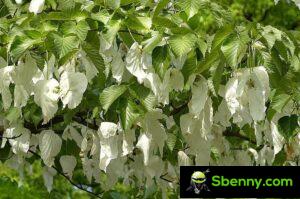
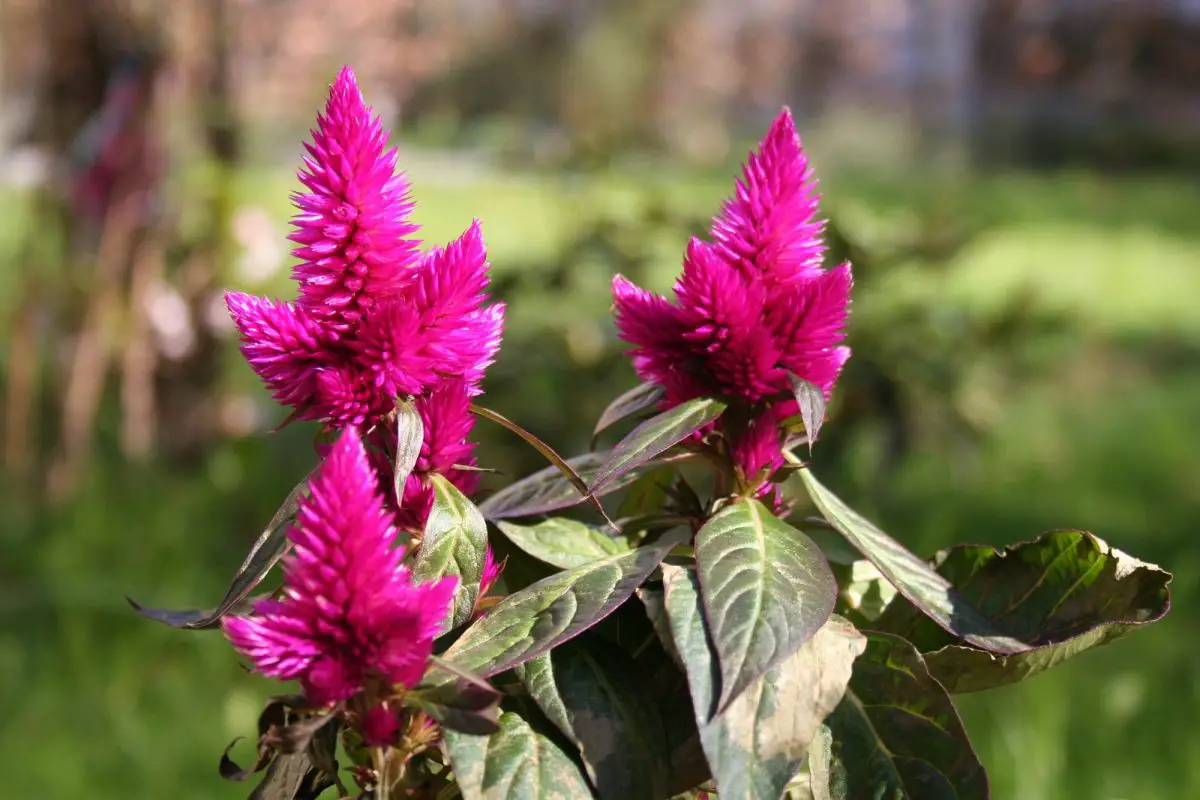
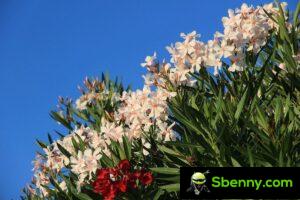
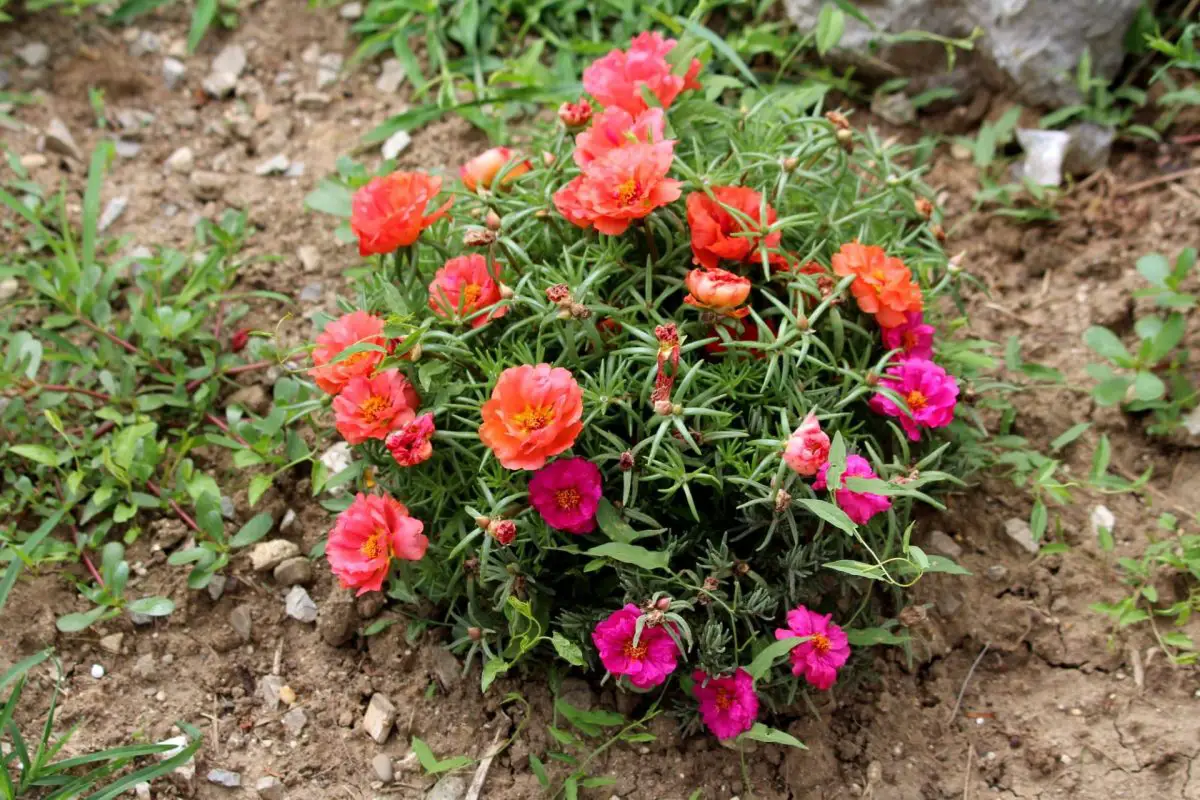
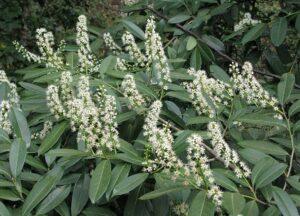
Start a new Thread